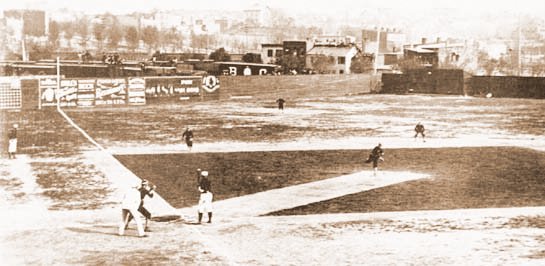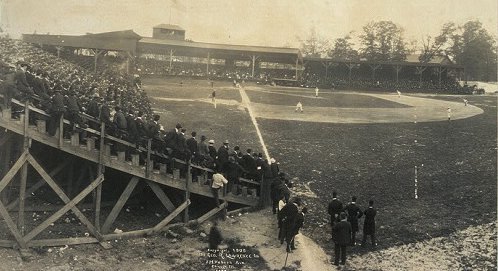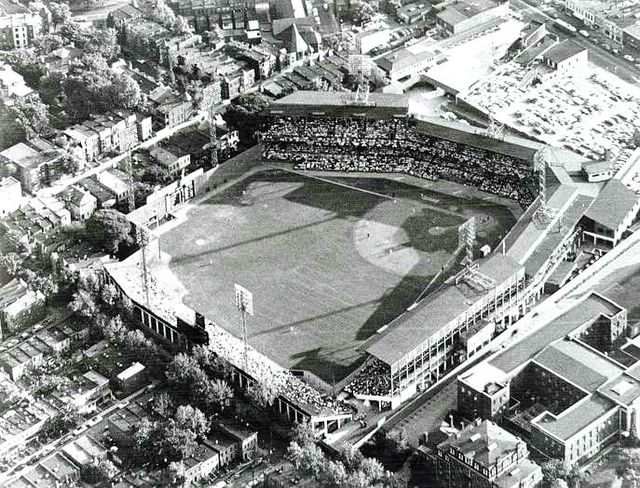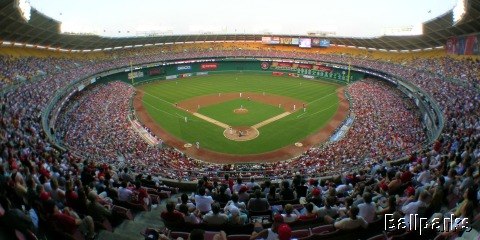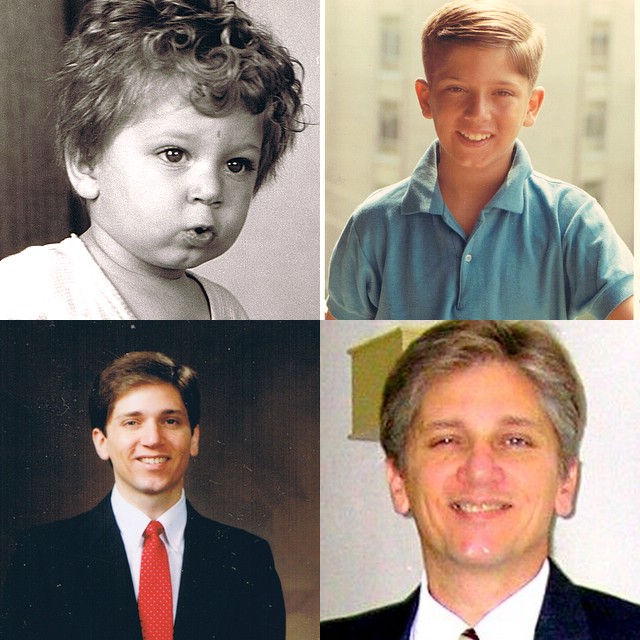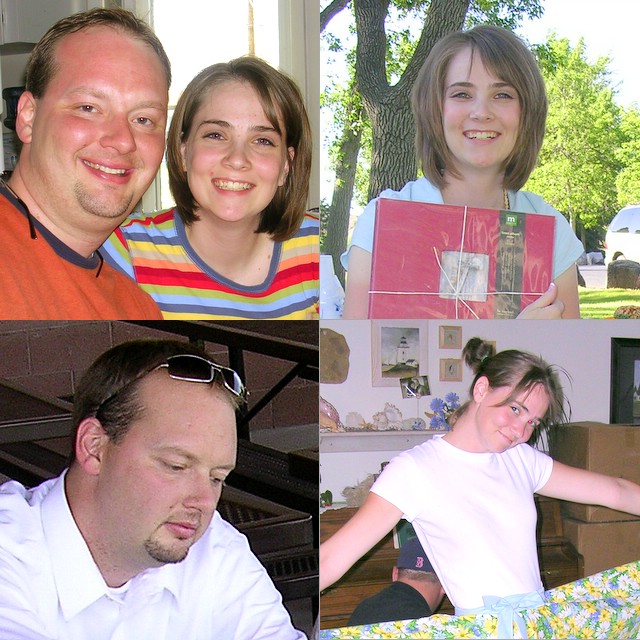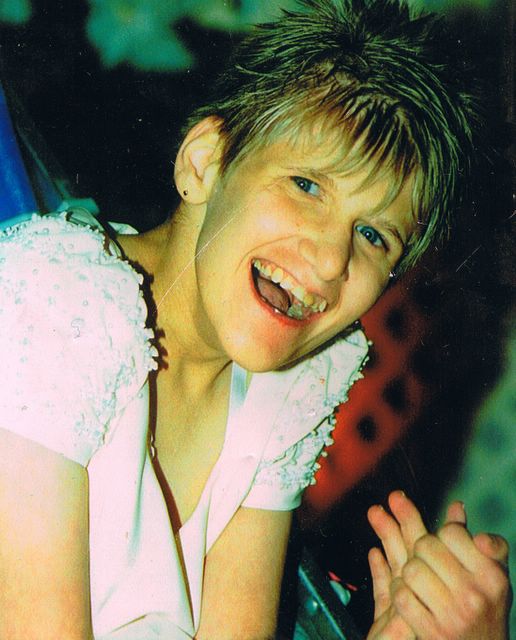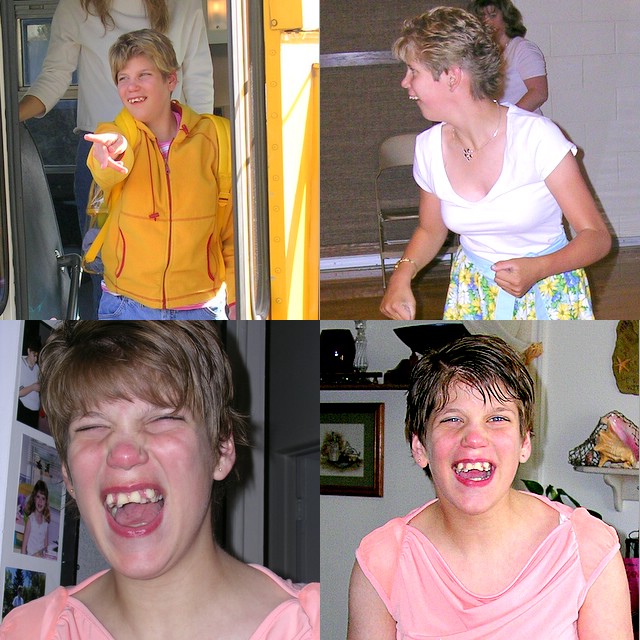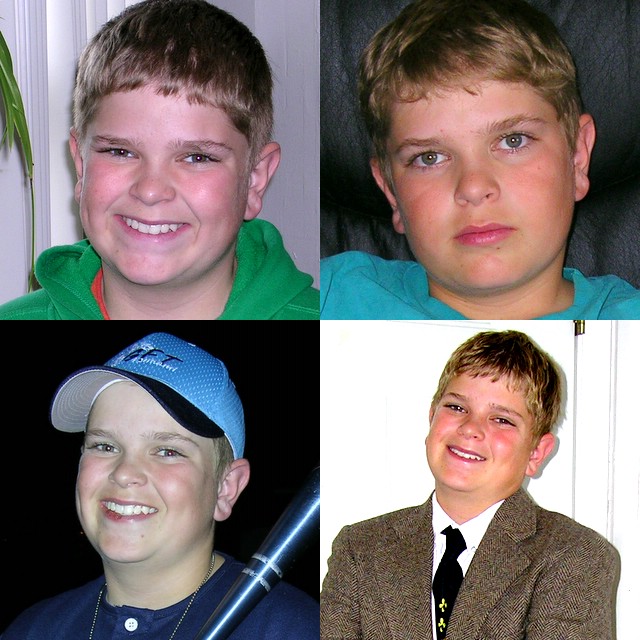NATS' FUTURE SHINES BRIGHT ON SATURDAY
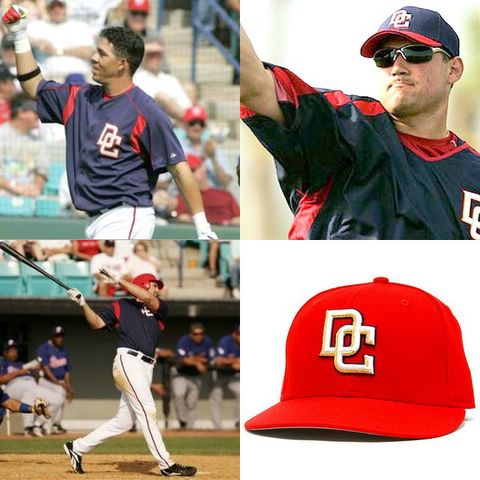 [March 5th] -- First baseman Larry Broadway and outfielder Frank Diaz hit three-run home runs against Team Panama, and Ryan Zimmerman hit a solo shot against the New York Mets in split-squad action on Saturday.
[March 5th] -- First baseman Larry Broadway and outfielder Frank Diaz hit three-run home runs against Team Panama, and Ryan Zimmerman hit a solo shot against the New York Mets in split-squad action on Saturday.
There is no question that the pundits are right about the Nationals lack of quantity in the team's farm system. But quantity doesn't always matter. If their is ten or so future major league starters playing in the system, then it doesn't matter that the other 120 or so players are just keeping uniforms warm. What might the starting lineup look like in a few years if all goes well? Here is a might-be, could-be lineup that the Nats could field very soon. The stats listed are "best-case" when the player matures:
1B-Larry Broadway [.281-32-100]
Broadway was at a career cross-roads this past season. Blocked from the major league roster by Nick Johnson, Broadway realized that his future might lie with another organization. His hope was to prove himself at 'AAA' New Orleans in 2005 and then "hope for the best." His season looked promising. Until opening day that is. A groin injury sustained in the first game made it difficult to swing the bat. As a result, he was hitting only .193 thirteen games into the season. Then things got worse. In late May, Broadway tore a ligament diving for a hard hit ball, side-lining him for the next 2 1/2 months of the season. When he returned in late June, fans saw the beginning of a new Larry Broadway.
When he first saw Broadway hit, Zephyrs' manager Tim Foli nicknamed the Duke University graduate "Olerud" because of his tall, slender build and "natural" left-handed stroke. It was thought that Broadway would have a higher average than most first baseman, but less power.
No more.
Broadway used his "downtime" during his injury rehab to gain 20 pounds of muscle, going from a lanky 220 to a solid 240. His strength training is paying off in Arizona. In 11 games, Broadway hit .375 with a home run and 5 rbi's. He had a .512 OBP and slugged at a .563 clip. His defense has always been one of his strengths, making him a key component for the Nationals next year, either as a tradeable commodity or a replacement for Nick Johnson at first.
Johnson again suffered through an injury-plagued season in 2005. With almost 1,500 at bats in the major leagues now, we can make some general conclusions about Johnson's ability to help the Nationals in the long term. For his career, Johnson has averaged a home run every 27 at-bats, similar to John Olerud's 29.7 . Power-hitting first baseman typically hit a homer every 15 or so at bats. Jason Giambi (16.5), Albert Pujols (14.7) and Carlos Delgado (14.9) all fall within that range. Johnson never will never be a slugger. Assuming that Nick can stay healthy for an entire season and reach 500 at bats, he would likely hit only 17-19 home runs, not enough for a team already devoid of power.
Larry Broadway's new-found strength, coupled with his proven success in the minor leagues, should provide him the chance to at least push Johnson for the starting job in 2006. If Johnson [finally] shows us that he can play an entire year healthy, Broadway could be used as trade-bait for pitching or a speedy outfielder. If, however, Broadway is the "real deal," then Johnson might be the one traded for help elsewhere.
2B: Kory Casto [.278 - 18 -65]
At 24, his physical maturity is such that he should be able to start 2006 in Harrisburg but end in New Orleans, perhaps even getting a "cup of coffee" with the big club in September. Last season, Casto batted .290-22-90 with a .394 OBP for the Potomac Nationals. Coming out of the University of Portland, Casto has spent full-seasons with Vermont, Savannah and Potomac last year. He's probably two years away from the big club, about the time that Jose Vidro's career, and contract begins to wind down. Casto has shown himself to be a "team player," moving from the outfield to thirdbase, and now to second base. He reminds me a lot of Braves' second baseman Marcus Giles.
SS: Ian Desmond [.277 - 15 - 53, 35 steals]
His future looks bright, but his flashes of brilliance have been just that; flashes. In 700 plus at-bats in the minors, he has a career .244 batting average with a .296 on-base percentage. He made a combined 39 errors playing for Savannah and Potomac, both class 'A' leagues, last year. Bowden, however, isn't concerned. "Ian Desmond has played at levels in the minors commensurate with what he will do, not what he has done so far. Every time he begins to improve at a particular level, we've promoted him. Certainly, his numbers at Savannah didn't warrant a ticket to Potomac, but we felt that once he wasn't over-powered by the pitching, it was time to move on." The errors don't bother him either. "They're mechanical, kid mistakes. Remember, he's only 20." He's not going to be a Derek Jeter, but he remind me of him a little bit.
3B: Ryan Zimmerman [.290 - 26 - 100]
Get out Baseball Almanac and look up Chipper Jones' career numbers. Scratch out his name and scribble in Zimmerman's. When both careers hav ended, the numbers will look very similar, with one glaring difference: Zimmerman is a gold-glove caliber fielder, where Jones has been "adequate" for the past decade.
LF: Frank Diaz [.265 - 25 - 75]
Diaz was a young 18 year old when he began his career in 2002 with the Gulf Coast Expos. He did well, hitting 5 homers in 172. He has shown power potential, but never produced "big" number until last year with Potomac, hitting .312-16-74 with an .840 ops. In winter ball, although his batting average dropped off in the last couple of weeks of league action, he was still one of the leaders in home runs.
CF: Ryan Church [.288-24-80]
Church is still young and should be the team's center fielder for the next 5-6 years.
RF: Jose Guillen [.300-30-100]
He's done it before; he'll do it again. He has another five solid years left in him
C-Brian Schneider [.275-15-55]
He's the premier defensive catcher in the National League, and his offense gets better every year. As long as the team doesn't force him to catch more than 125-130 games per year, he'll be productive for the remainder of his contract.
There you have it. If all goes well [like that ever happens around Washington], the team should have eight solid starters for years to come. Is it a lineup that will challenge for the division title year in and year out? That depends on the pitching that supports it. We'll tackle them another day.








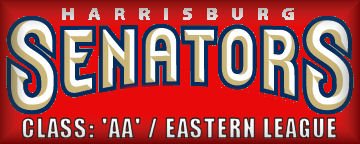
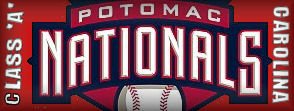

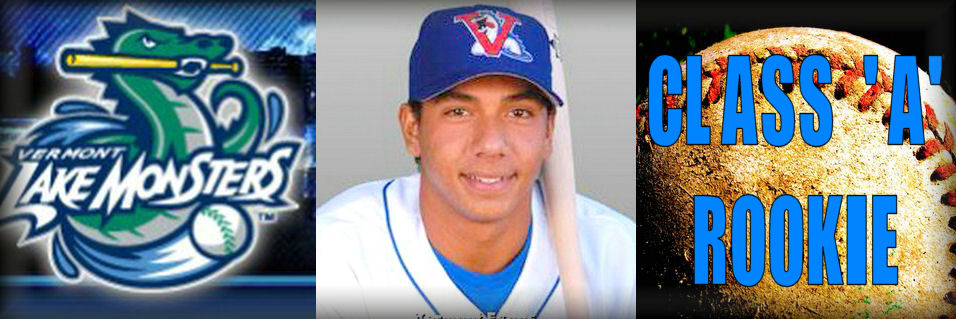















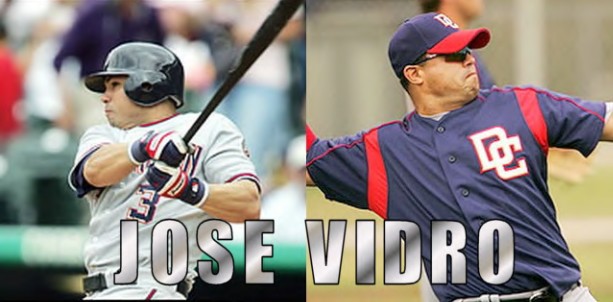




















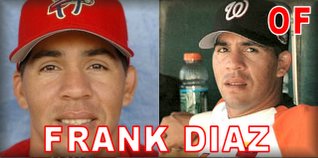

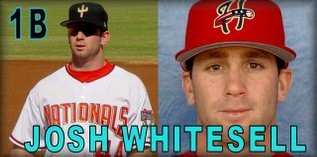
 3) 1926 (road) --- 4) 1936-'37, 1948-'51
3) 1926 (road) --- 4) 1936-'37, 1948-'51 3) 1968 - '71, and 2005 (home) --- 4) 2005 (road)
3) 1968 - '71, and 2005 (home) --- 4) 2005 (road) Buddy Meyer --- Walter Johnson
Buddy Meyer --- Walter Johnson Ed Yost --- Muddy Ruel
Ed Yost --- Muddy Ruel Roger Peckinpaugh --- Joe Cronin
Roger Peckinpaugh --- Joe Cronin Del Unser --- Darold Knowles
Del Unser --- Darold Knowles Ed Stroud - Mike Epstein
Ed Stroud - Mike Epstein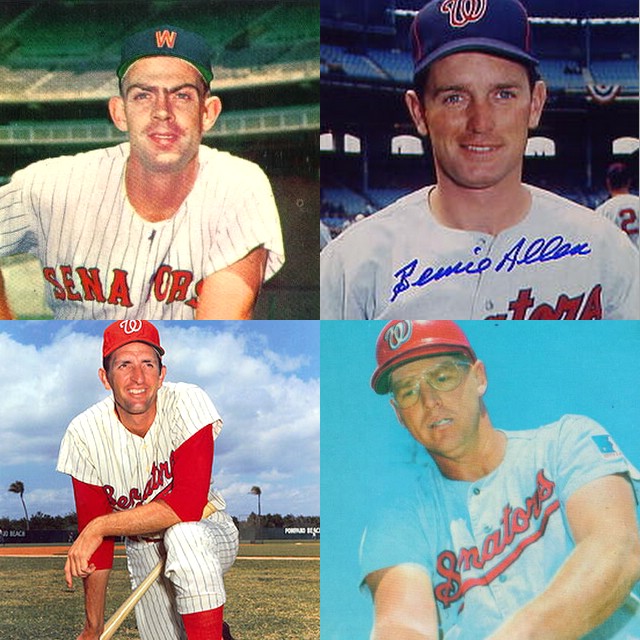 3)1968 -- 4)1969 - 1971
3)1968 -- 4)1969 - 1971